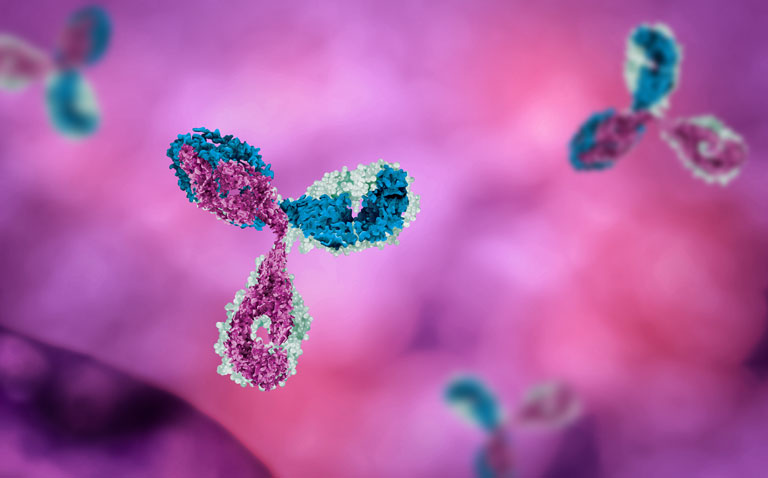Internationally, allergies affect around one-third of the population.
Central to the development of an allergic reaction is the binding of an allergic-specific immunoglobulin E (IgE) with the allergen on the surface of mast cells and the subsequent release of several allergic mediators.
However, although IgE is an essential component of the allergic reaction, it remains unclear how allergies to certain substances such as peanuts, develop in some, but not all patients, despite the presence of the same specific IgE antibodies in their blood.
Now a team from the USA has compared the IgE from individuals with and without a peanut allergy and found that the allergic response is mediated by the presence of sialic acid, a sugar residue, attached to the specific IgE. The researchers determined that sialic acid was a strong predictor of allergic disease and that removal of the sugar led to an attenuation of the allergic response. In addition, rather than simply removing the sialic acid, the researchers attached a neuraminidase enzyme to the IgE receptor, which blocked the action of the acid and noted that this also significantly minimised the allergic reaction.
While further work is required to more fully clarify the role of sialic acid in the generation of an allergic response remains to be clarified, it is possible that targeting the sugar moiety might represent a future therapeutic strategy for those with allergies.
Reference
Shade KTC et al. Sialylation of immunoglobulin E is a determinant of allergic pathogenicity. Nature 2020; May 20 doi.org/10/1038/s41586.










